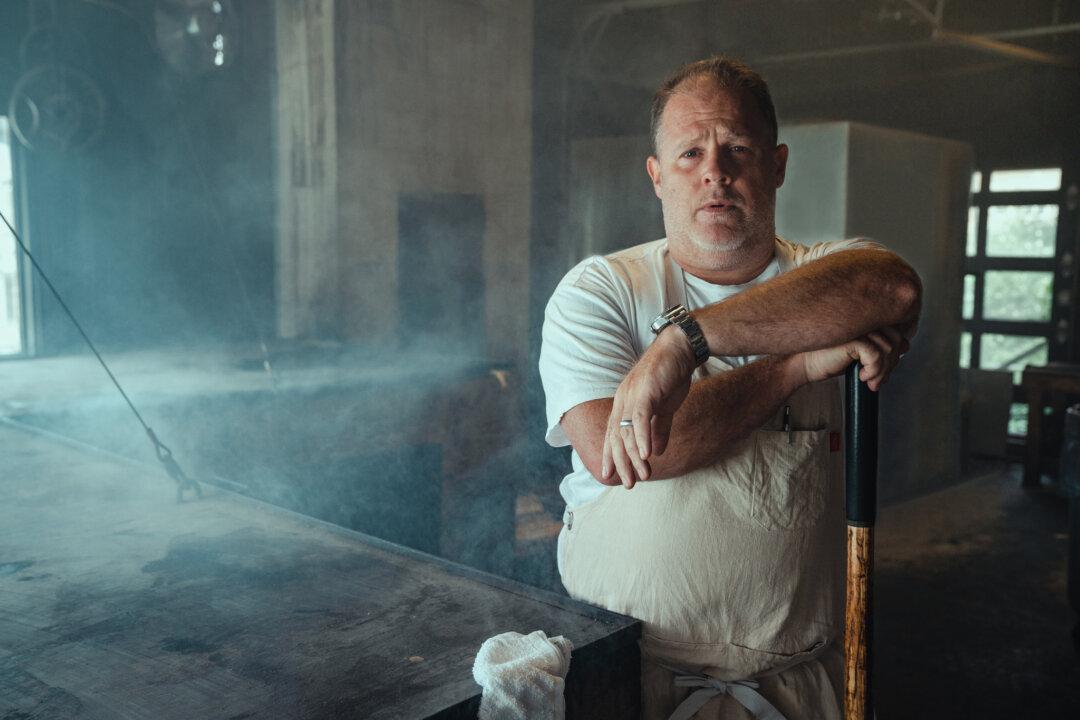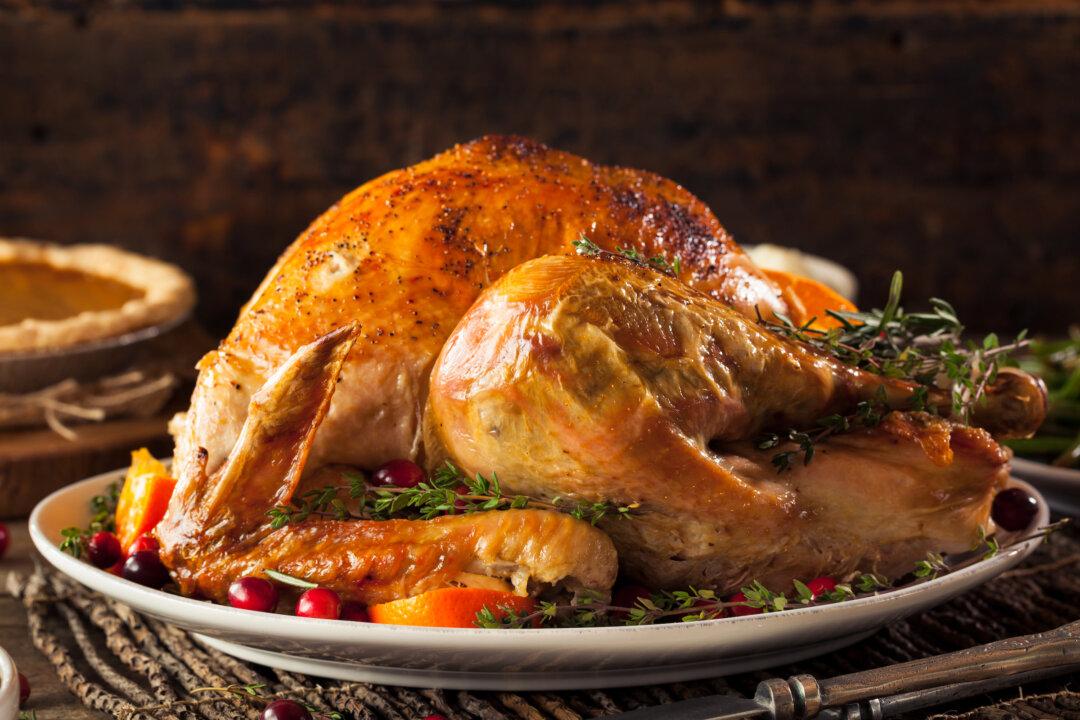Not many recipes call for a pair of broken-in running shoes, 93 cinder blocks, and somewhere to sleep as part of their prep list.
Then again, not many recipes compare to Pat Martin’s 33-page manifesto on West Tennessee-style whole hog barbecue that describes each step from building the pit; to slow-smoking a 185-pound pig; to picking and piling the tender, confit-like meat onto a perfect pulled pork sandwich—a 30-hour labor of love.






